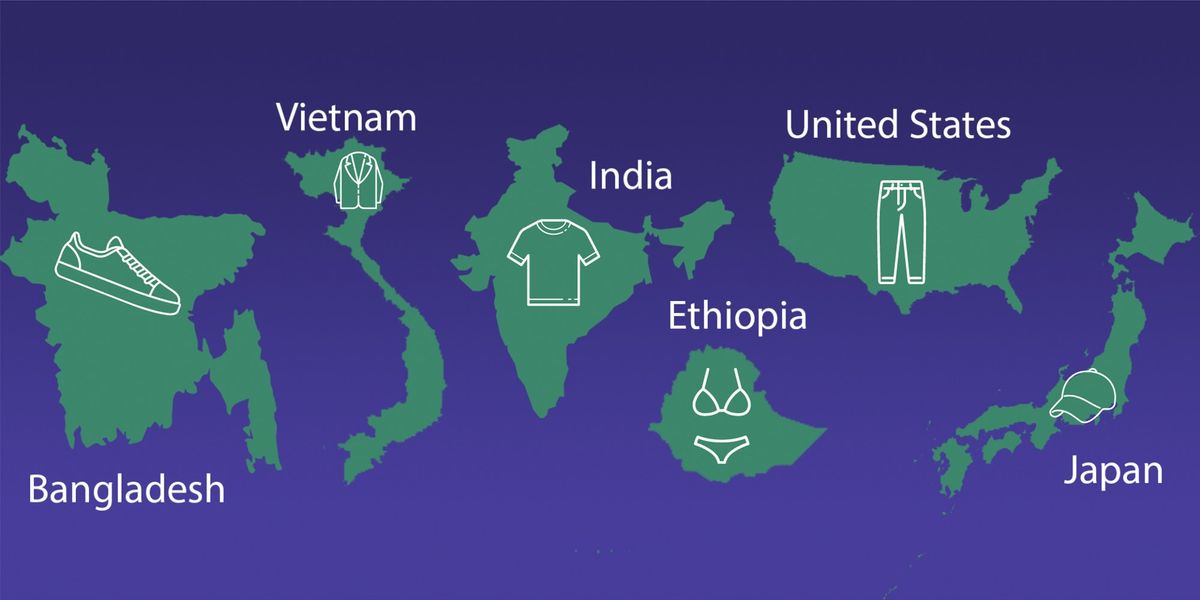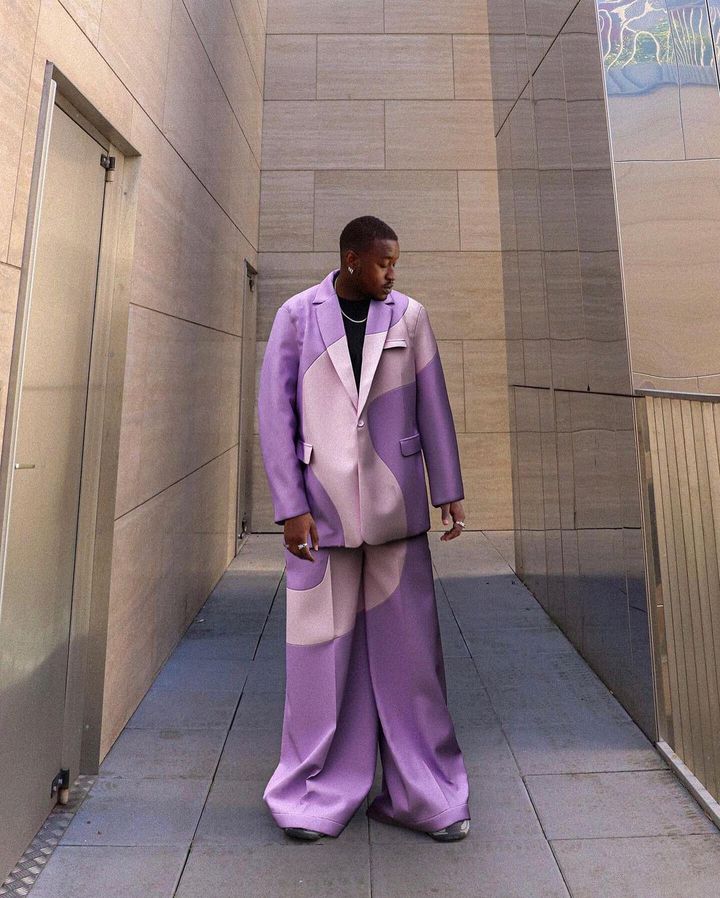Where Should You Manufacture Your Garment?
Wondering where you should source your next garment? In developing countries, the apparel and garment industry serves as a large source of employment since it is one of the most globalized sectors.

Wondering where you should source your next garment? In developing countries, the apparel and garment industry serves as a large source of employment since it is one of the most globalized sectors. The four biggest garment exporters to manufacture your garment are China, Bangladesh, India, and Vietnam.
It can be difficult in the sea of global clothing manufacturers to find the best country to manufacture your garment. On top of that, there are factors to put into play: cost, time, logistics, and ethics. From country to country those change and because of that, here is a round-up of the notable ready-made-garment countries in the world.
Bangladesh
About 80% of Bangladesh’s exports account for ready-made garments and the other sector of garments are silk and cotton fabrics, and knitwear. Many brands like H&M, Gap, and Zara manufacture out of Bangladesh for denim, womenswear, menswear, accessories, and footwear.
Bangladesh is leading the way for developing nations as the most sustainable country to manufacture garments. In two decades, Bangladesh went from exporting merchandise at $6.6 billion in 2001 to $47.2 billion in 2019 according to Foreign Policy. They have tackled the challenges of growth by strengthening sustainability, improving supplier and workplace performance, and diversifying customers and products as said by McKinsey and Company.
India
There is a wide range of garments your brand can source from India: t-shirts, knitwear, sportswear, and canvas bags. Because of their expertise in handloom, sericulture, and handicraft India is the country to manufacture ready-made garments and handwoven pieces.
India is the epicenter of producing cotton and jute and with the help of a large workforce, it is coupled with cheap labor costs. Because of that, the cost to manufacture your garment or textile in India is lower than in other countries. Other than cotton and jute, you will find sources for other textile products like wool, silk, and synthetic fabrics. In 2020, India’s textile and garment industry reached a value of $133 billion according to Business Wire.
Japan
Since Japan is a huge fashion hub, the country is a highly considered option for contemporary women’s wear, leathers, sweats, flannels and headwear. Additionally, business wear is a large segment of Japan’s manufacturing. Whether your brand's focus is sneakers or outerwear, Japan is the place to source. Brands like Asics source from Japan and is a leading name in the world of sportswear. Uniqlo is another popular brand found to be sourced in Japan for their quality pieces that are made to work.
The apparel market in Japan is among the largest in the world. The Japanese culture remains to be traditional wear but is transitioning and adapting to Western fashion trends according to Statista. Japan is a hub for the apparel industry because of its size — its apparel market is 120% of India. Japan’s apparel industry is cutting labor costs and looking to the future by utilizing technology. Thanks to digitally programmed automated machines, Japan can manufacture a garment in minutes, said Science X.
Vietnam
Vietnam is the spot to manufacture all sorts of garments. Ready-made garments, outerwear like jackets and coats, sportswear, t-shirts, knitwear are made in Vietnam. Even your clothing labels for your garments can be made in Vietnam. Other than garments, Vietnam focuses on cutting and sewing items such as bags, backpacks, shoes, socks, and hats.
This small nation in South China is one of the largest manufacturers of garments. As it is considered a developing nation, Vietnam can provide your brand with high-quality manufacturing at a lower cost for production. Vietnam specializes in apparel by employing a workforce of more than 2 million and is home to more than 6 million garment firms, said Sourcify. The biggest advantage of manufacturing your garment in Vietnam is the shipping, unlike other countries India has two international airports and several major ports.
Ethiopia
If you are looking for a place to source leather products from Ethiopia is the spot. Their main textile products are cotton and nylon fabrics, and acrylic yarn. It is very common for Ethiopia to manufacture activewear, swimsuits, and athletic shoes.
Word on the street is that Ethiopia is the future in the apparel industry. Martijn van der Erve, CEO of Erve Group said it himself. He and his company started a procurement organization called Beconnected Africa. This organization is focused on doing good business, being good for the environment, and investing in its employees. Manufacturing in Ethiopia offers a low ecological footprint and more importantly, you can expect high-quality garments at an efficient pace like other European countries. Ethiopia is turning into one of the fastest-growing economies in the world with duty-free imports and competitive energy prices.
United States
It is quite rare to find an item in your closet with the tag “made in the USA,” however, there are still brands and products that are made in the U.S. Red Wing, Dickies, MATE the Label, and Loup are just a few that are American made.
During the 1960s, about 95% of apparel was made in the USA. But after years of bad trade agreements, the apparel industry shifted to being sourced overseas. Now there is a resurgence of garments being made in the USA. There are over 100 thousand mills throughout the U.S. ranging from cotton, wool, silk, other natural fibers, and synthetic fibers. If quality matters to your customer and the pure fact that it is American-made will urge them to buy that over an overseas produced garment — even if it’s going to cost them an arm and a leg.
A lot of consideration is at your hands like the price and the quality of the garments made by the manufacturers, the shipping times, whether one manufacturer is faster than another, and the experience of the manufacturer. Do your due diligence and do your research. Find the best garment manufacturer that best fits your brand and your values. One of these four is the destination for your garment but there is the possibility there is another manufacturer out there that is more aligned with your brand. For more information on where you should manufacture your garment, create an account at Dhakai.com and gain access to hundreds of manufacturers' data and factory tours.




